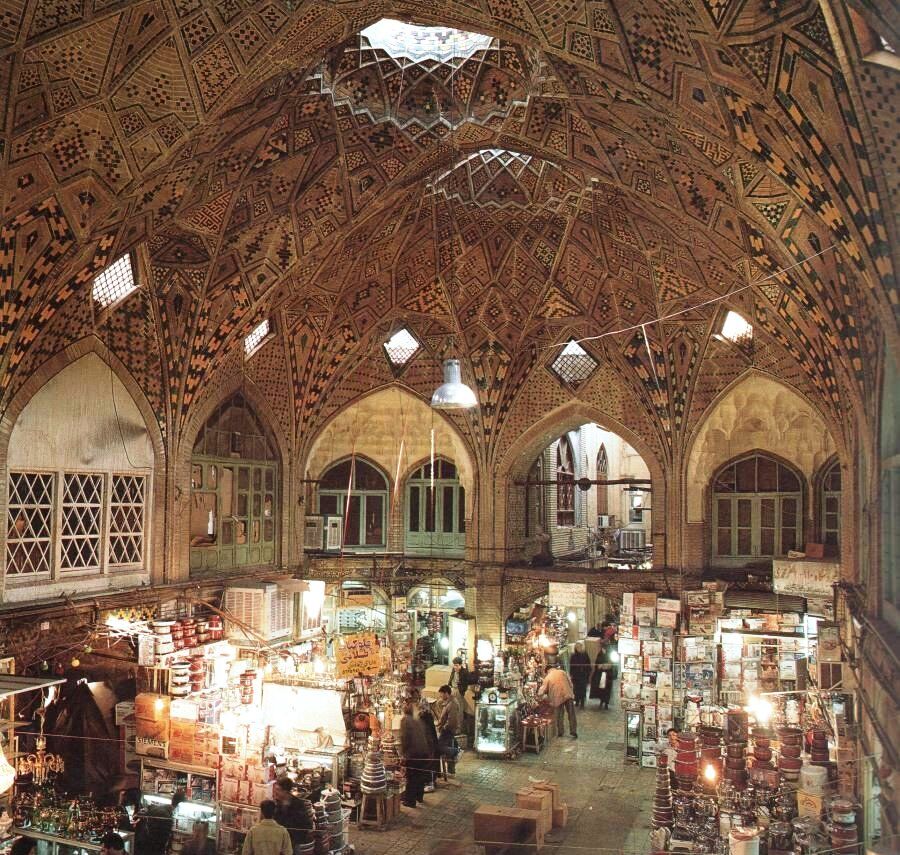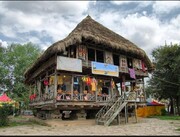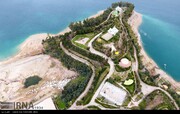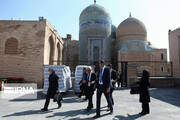In addition to its architecture and architectural beauties, Tehran Grand Bazaar has had an uplifting history and has been present on all major historical events and has played a major role in Iran's society and politics.
There are two different stories of how and when Tehran Grand Bazaar was built, One relates it to the time of Nasser al-Din Shah (Qajar Dynasty) and the other attributes its construction to that of Shah Tahmasb of Safavid times. There is a travelogue of Thomas Herbert in 1697 describing the Tehran Grand Bazaar. According to this story, it can be seen that the market was built without ceilings in the Safavid era, and probably by a French architect during the Nasser al-Din Shah's roofing.

Tehran Grand Bazaar in the aspect of trade and economy is complex and is a collection of wholesalers, retailers, warehouses and the manufacturing workshops.
In this market, most manufacturing plants have established dealerships to establish direct relationships with wholesalers and retailers, as the main center of domestic and even foreign distribution of goods crosses this important economic highway.
Tehran Grand Bazaar is the most important place of trade and sale of goods in Iran and has a very remarkable fundamental economic structure. A market whose main structure is reminiscent of the Qajar era.
*** Architecture and internal structure of Tehran Grand Bazaar
Today's Tehran Grand Bazaar has a unique and sophisticated architecture, winding corridors, arches, and traditional vents are the beauties of Tehran Grand Bazaar architecture. But the beauty and complexity didn't exist at the beginning of the market.
During different times, Tehran Grand Bazaar expanded, for example, parts of the market closed due to the summer heat. These developments also took place in service spaces, with cafes, zurkhanehs, baths, mosques and many hosseiniyas being built in the market.

The most important existing bazaars of Tehran include Udlajan, cloth sellers, shoemakers, goldsmiths, ironsmiths, copper smiths, Abbas-Abad, Bein-ol-Haramein, Cheheltan (the oldest row dating to Fath-Ali Shah's reign), the Larger Chaharsou, Masjed Jame, Hazrati, Pachenar etc.
In the buildings of the rows and other units related to the Tehran Bazaar complex, we witness the creation of functional and beautiful spaces of architecture, as regards the patterns, volume and facade. This phenomenon, unfortunately, suffered from the beginning of the 14th/20th century onwards because of the unharmonious growth of the Bazaar, with unprincipled alterations and the use of materials without harmony. The Bazaar has suffered greatly.

6125**1416
Follow us on Twitter @IrnaEnglish













Your Comment